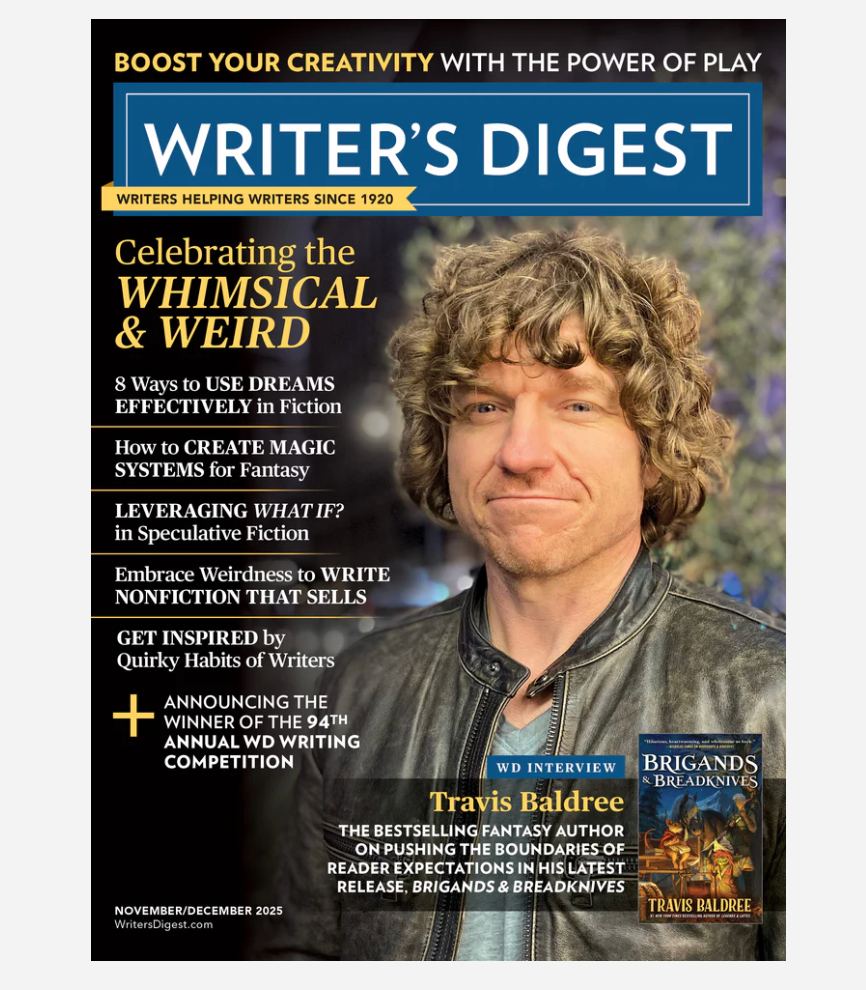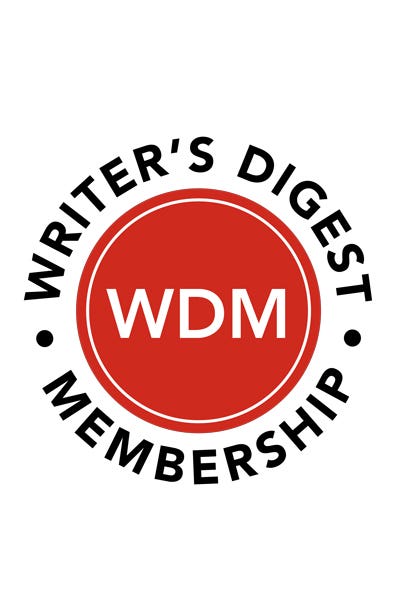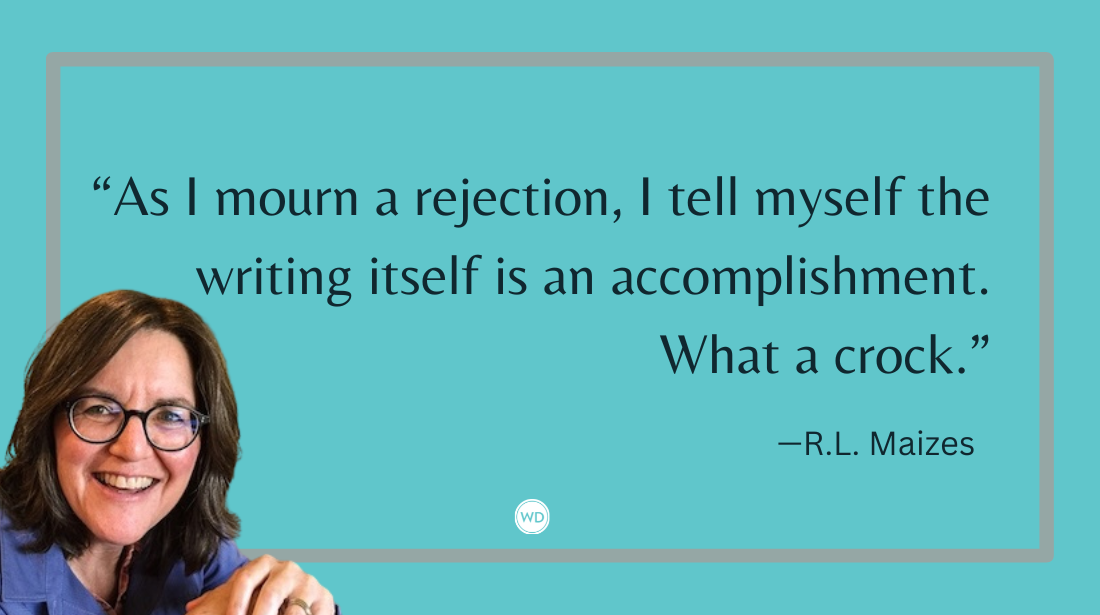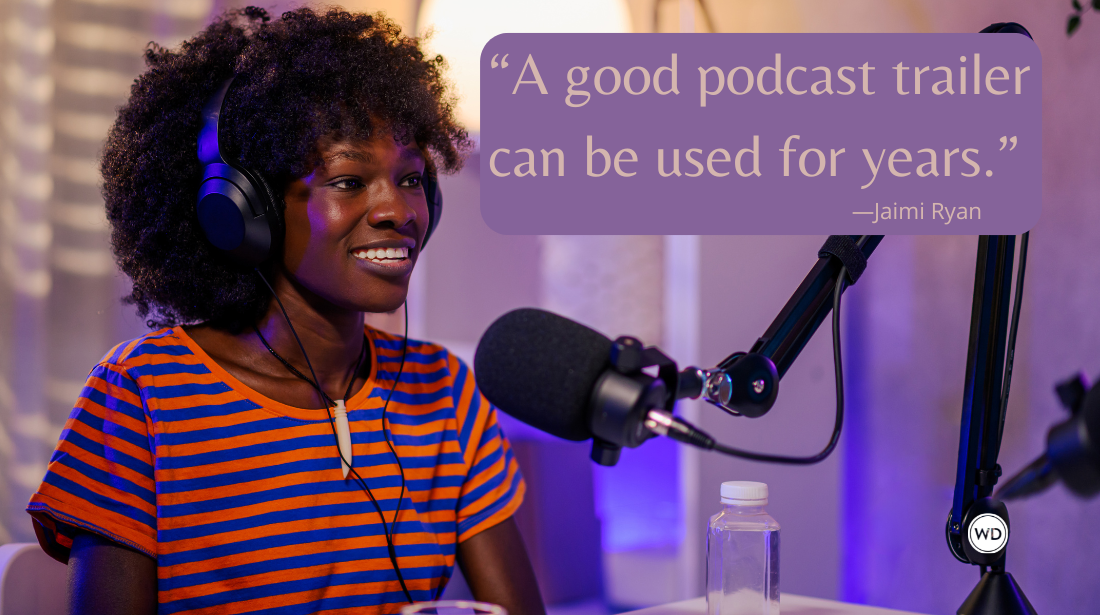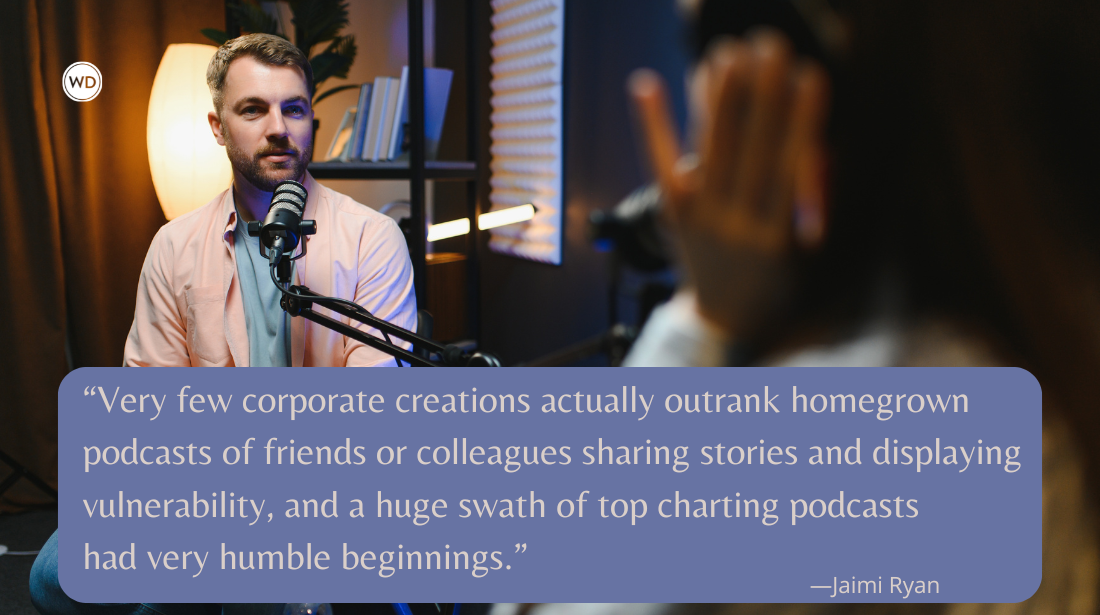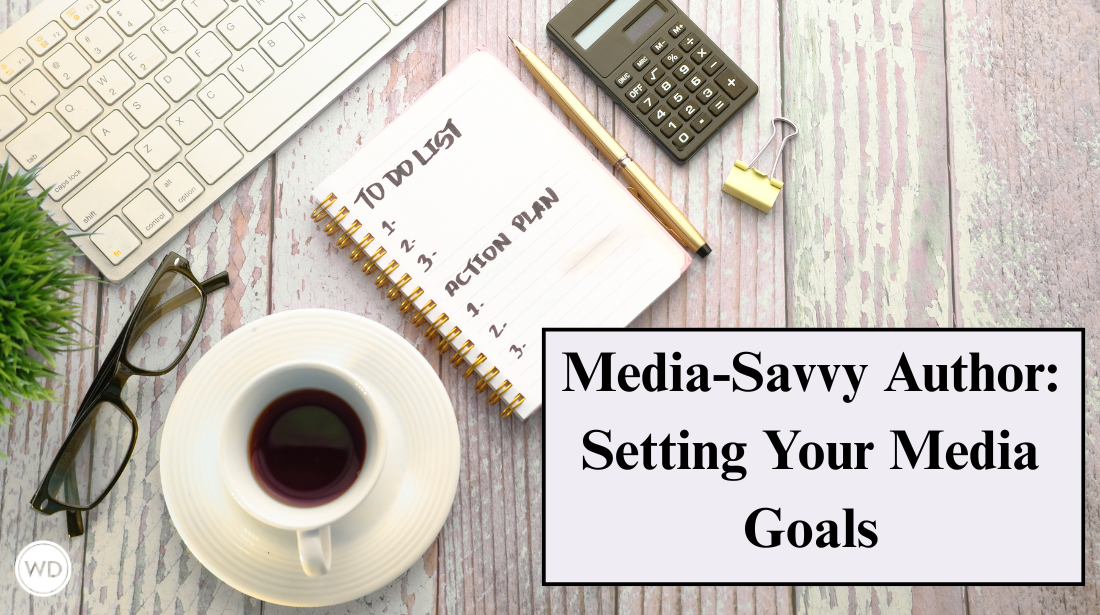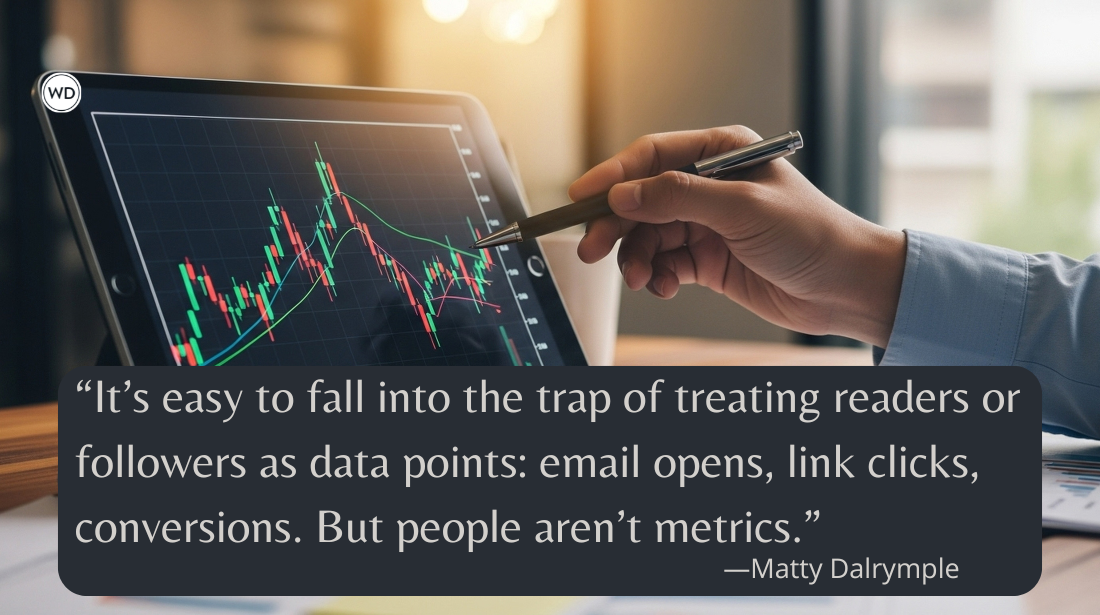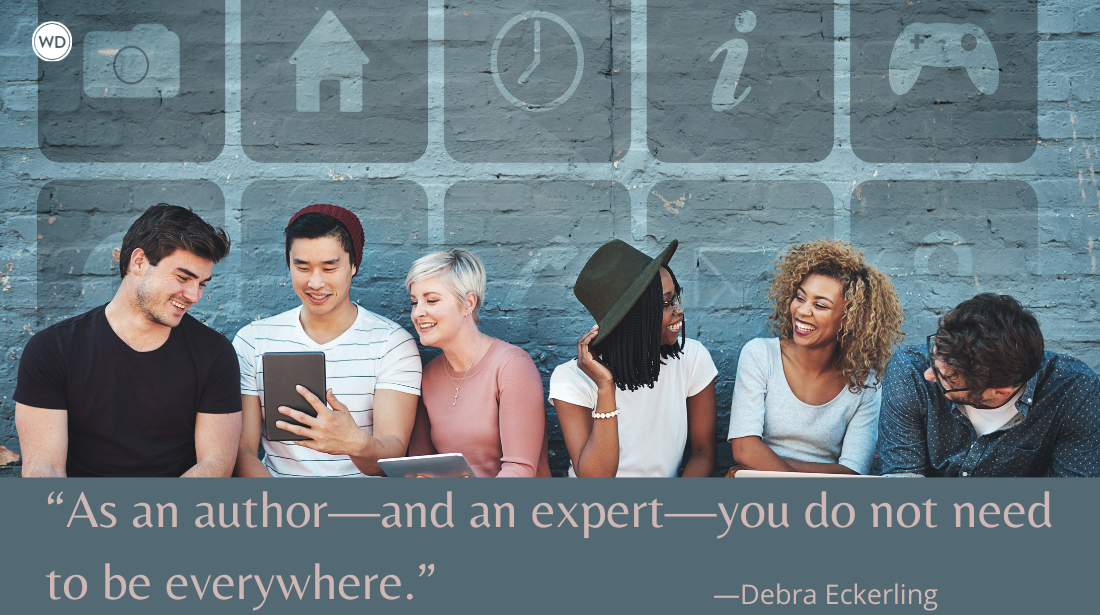Podcast Editing for Writers
Seasoned podcast producer and sound designer Jaimi Ryan discusses tricks and techniques writers can use for editing their podcasts.
If you’re a writer venturing into podcasting, you already have a leg up: You know how to tell a story. When it comes to editing a podcast episode, things can feel… different. Rather than editing paragraphs of thoughtful text, you’re looking at waveforms, timestamps, and probably a lot of ‘ums,’ ‘likes,’ and ‘you knows.’
It’s easy to get lost in the editing process. Podcasters often struggle to find the sweet spot where they’re editing their episode well for pacing and content without over-editing, which can give the episode a stiff, sterilized feel.
Rather than focusing on perfecting every moment of your audio, it can be helpful to think of the edit more like editing a written story. Think about the arc of the episode and edit to shape the narrative, rhythm, pacing, and tone.
You don’t need to be especially tech savvy to do this well. Many podcasters are journalists and writers who edit the bulk of their episodes alone. There are even text-based editing tools like Descript and Adobe text edit that allow you to edit audio via a transcript—but more on that another time.
Thinking Like a Listener
When creating written work, you probably think of the reader on the other side of the page. The same mindset applies to podcasting. The big difference is that in audio, you’re shaping an experience for someone who can’t pause to re-read. They’re doing dishes, walking the dog, or commuting to work. Keeping their attention becomes paramount.
Approach your raw audio like a rough draft. What’s the throughline of the episode? What’s the emotional arc? The listener should feel like they’re going somewhere.
Ask yourself:
- Where does the energy dip?
- Are we repeating ourselves?
- What’s the “hook” that draws listeners in?
- Does the episode resolve in a satisfying way?
It can be helpful to think of editing not as fixing mistakes, but as refining the rhythm and clarity of your story. If a moment made you smile, laugh, or tear up on the first listen, it’ll probably do the same for your audience.
Determining What Stays and What Goes
When editing audio, you’re not just making things shorter, you’re making them sharper. Every minute of your podcast should be doing one of three things: informing, entertaining, or connecting with your listener. If a section isn’t pulling its weight, it’s probably best to cut it. (Entertaining moments that don’t fit well in the episode can be saved for bonus content).
Here are a few strategies for content editing:
- Trim the tangents. Casual sidebars can be charming, but if they derail the main point, cut or condense them. Keep the story on track.
- Watch for redundancy. If you or your guest makes the same point twice, pick the stronger version.
- Filler phrases such as “you know,” “like,” or “so anyway…” are fine in moderation, but if they pile up, the clarity suffers and some listeners become turned off.
- Cut down rambly anecdotes that start strong but meander. Is it still serving the episode’s focus?
- Highlight the gold. Sometimes a brilliant insight or funny moment is buried in a long-winded explanation. Trim around it so the best parts shine.
It’s okay to leave in the occasional stumble, laugh, or pause, especially if it adds to your authenticity. You’re editing for clarity, not perfection.
Pacing and Flow
If your episode drags, you will lose listeners. If it’s too rushed, they might miss the good stuff. The goal is to find a rhythm that feels natural, dynamic, and intentional.
Here’s how you can keep things moving:
- Cut the dead air. Unless it’s for dramatic effect, long pauses often feel awkward. A quick snip keeps the conversation lively.
- Watch your intros and outros. Get to the good stuff quickly and your audience is more likely to stick around. I usually suggest no more than two or three minutes for intros and outros, and anything non-additive must go. For listeners, a podcast intro can feel like waiting in line for an attraction.
- Vary your segments. Mix longer, in-depth discussions with shorter, punchier moments. This gives listeners room to breathe and keeps things feeling fresh.
- Use music or transitions thoughtfully. A music bed, sound cue, or moment of silence between sections can reset listener attention and guide the emotional tone.
When in doubt, listen back with fresh ears. Does the episode move with purpose? Are you bored anywhere? If your attention wanders, your listener’s will too.
Cutting Without Losing Personality
A common fear I hear from podcasters (especially those new to editing) is that too much cutting will flatten their voice or make them sound stiff. This was one of my biggest personal struggles at the beginning of my podcasting experience. Through feedback from more senior editors, I learned that editing doesn’t have to erase personality, it’s about spotlighting it.
When done well, trimming verbal clutter makes your voice shine brighter. Your jokes land more clearly. Your insights hit harder. Your pacing feels intentional.
Try this approach:
- Keep moments of genuine emotion. A laugh, a pause, a voice crack, all make you feel human and relatable.
- Trim waffling or over-explaining that buries a good point.
- Let your quirks live! Dry asides, nerdy tangents, and unusual metaphors are part of what makes your voice yours. Just remember that sometimes you have to cut around the fluff to make these moments shine.
Think of editing your podcast as removing the excess to reveal your ideas and personality more clearly.
Interview Editing: Respect the Guest, Respect the Listener
If your podcast includes interviews, you’ll need to balance respecting your guest and respecting your listeners. It’s important to let the guest’s unique voice shine without subjecting your listeners to overly long monologues or pacing that feels incongruent with other episodes.
Here’s how to balance both:
- Help your guest shine. Remove ums, stumbles, or false starts if they don’t add character. Smooth transitions when a thought gets tangled. If your guest rambles, gently trim while preserving their meaning.
- Keep the pace moving. Break up long monologues with a quick host interjection or transition. Even great content needs breathers.
- Inform your guest ahead of time that the episode will be edited for clarity. This usually helps guests relax during the recording and appreciate the final product even more.
Listening Back
After your first edit, take a break. Then listen back later as if you’re your own audience: distracted, multitasking, maybe listening at 1.5x speed. This can help you catch rough patches you might have missed while deep in the weeds.
Ask yourself:
- How quickly does the episode grab attention? Shoot for the first 30 seconds. (A teaser at the top of the episode can be helpful.)
- Does the structure feel purposeful?
- Are there any spots where your own mind wandered?
If possible, have a trusted friend or colleague give your episode a listen too. Ideally, this person will not be afraid to say, “This part dragged” or “I got a little lost here.” That kind of feedback is invaluable.
You’re Already Halfway There
As a writer, you’re familiar with shaping a narrative, choosing your words with care, and speaking directly to your audience’s imagination. Think of your editing process as another draft. The mic captures the raw material, and editing turns it into a story that listeners will stick around for.
Don’t stress over perfection. Trust your gut, follow the story, and always, always listen back.
Jaimi Ryan is a seasoned Podcast Producer and Sound Designer with a background in music production. After pivoting from music to podcasting in 2017, she has had a wide range of podcasting experiences including podcast creation, remote recording, audio restoration, post production, content editing and hosting. Her credits include Unlocking Us and Dare to Lead with Brene Brown, Call Her Daddy, Anything Goes with Emma Chamberlain, and other Spotify Original and Exclusives as well as several independent podcasts. When she’s not producing audio, Jaimi enjoys block printing, sculpting and exploring her home city of Atlanta.


